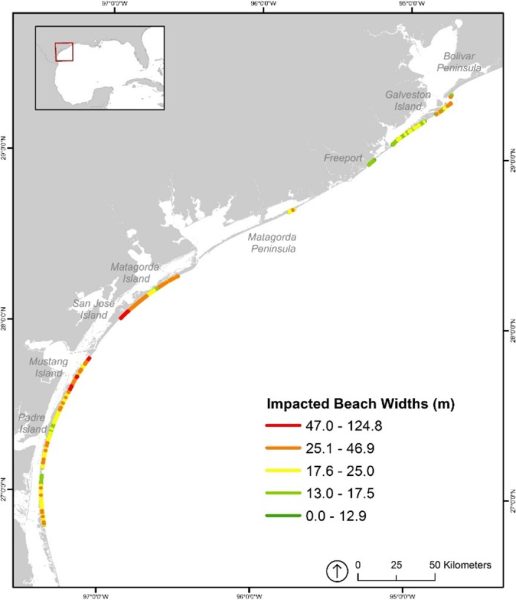RPI assisted the Texas City Y Natural Resource Trustees during all phases of the NRDA following the release of 168,000 gallons of a heavy marine fuel oil off Galveston, oiling 115 kilometers of sand beaches. Habitat injuries were a result of both oil exposure and use of intensive shoreline treatment methods. To quantify the injury to shoreline habitat ecosystem services, RPI developed Habitat Equivalency Analysis models for ten shoreline injury categories. Innovation methods were used to determine the width of the oil exposure on the Gulf-facing beaches that included the tides and wave run-up for the different dates of oil landfall. The resulting injury was quantified in terms of discounted service acre years (DSAYs).
The next phase was to identify and evaluate habitat restoration options, including No action/Natural recovery, sand dune restoration on conserved lands, sand dune acquisition with and without dune enhancement, beach nourishment, and land acquisition and preservation. HEA models were developed for beach nourishment and land acquisition, using innovative methods to scale the ecosystem services generated to compensate for the shoreline injuries.
 Estimated cross-shore widths of intertidal habitat exposed to oil during Texas City Y oil spill stranding events
Estimated cross-shore widths of intertidal habitat exposed to oil during Texas City Y oil spill stranding events
